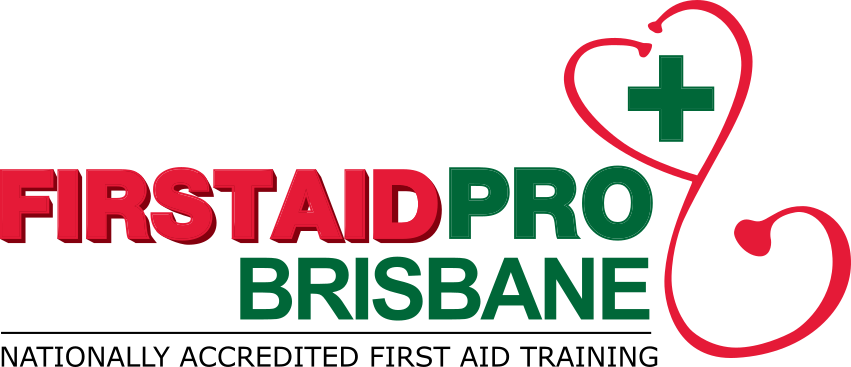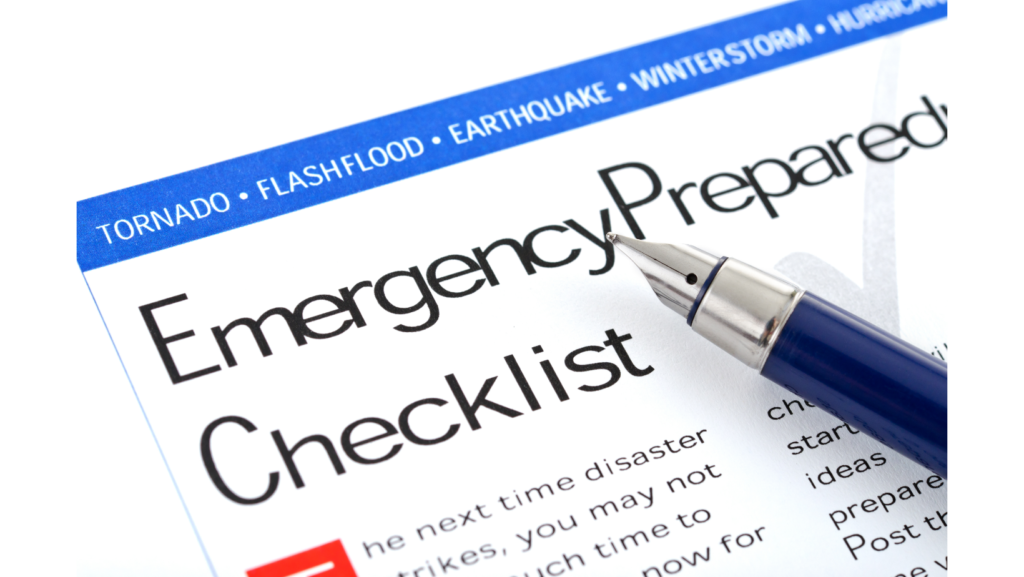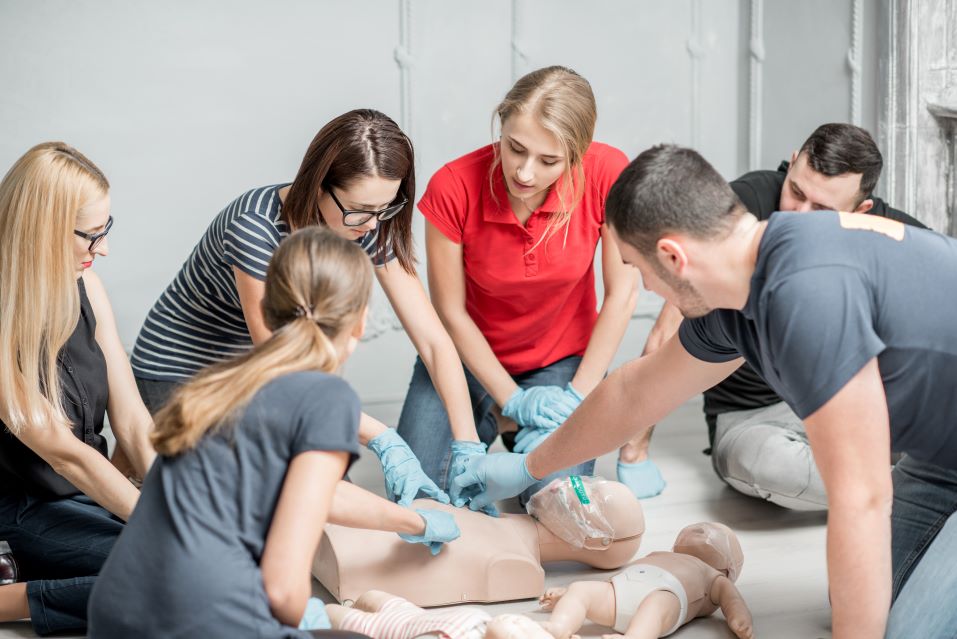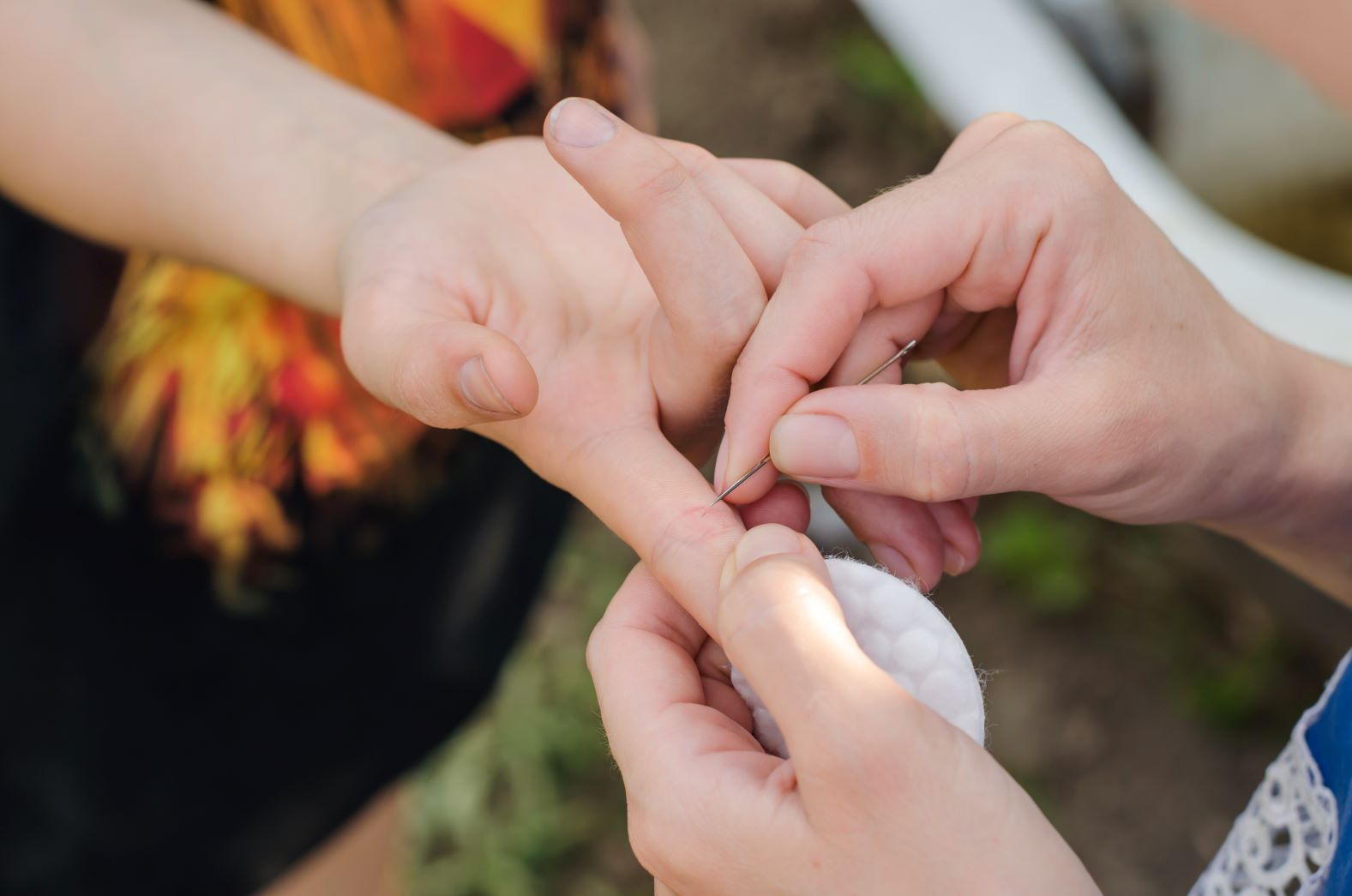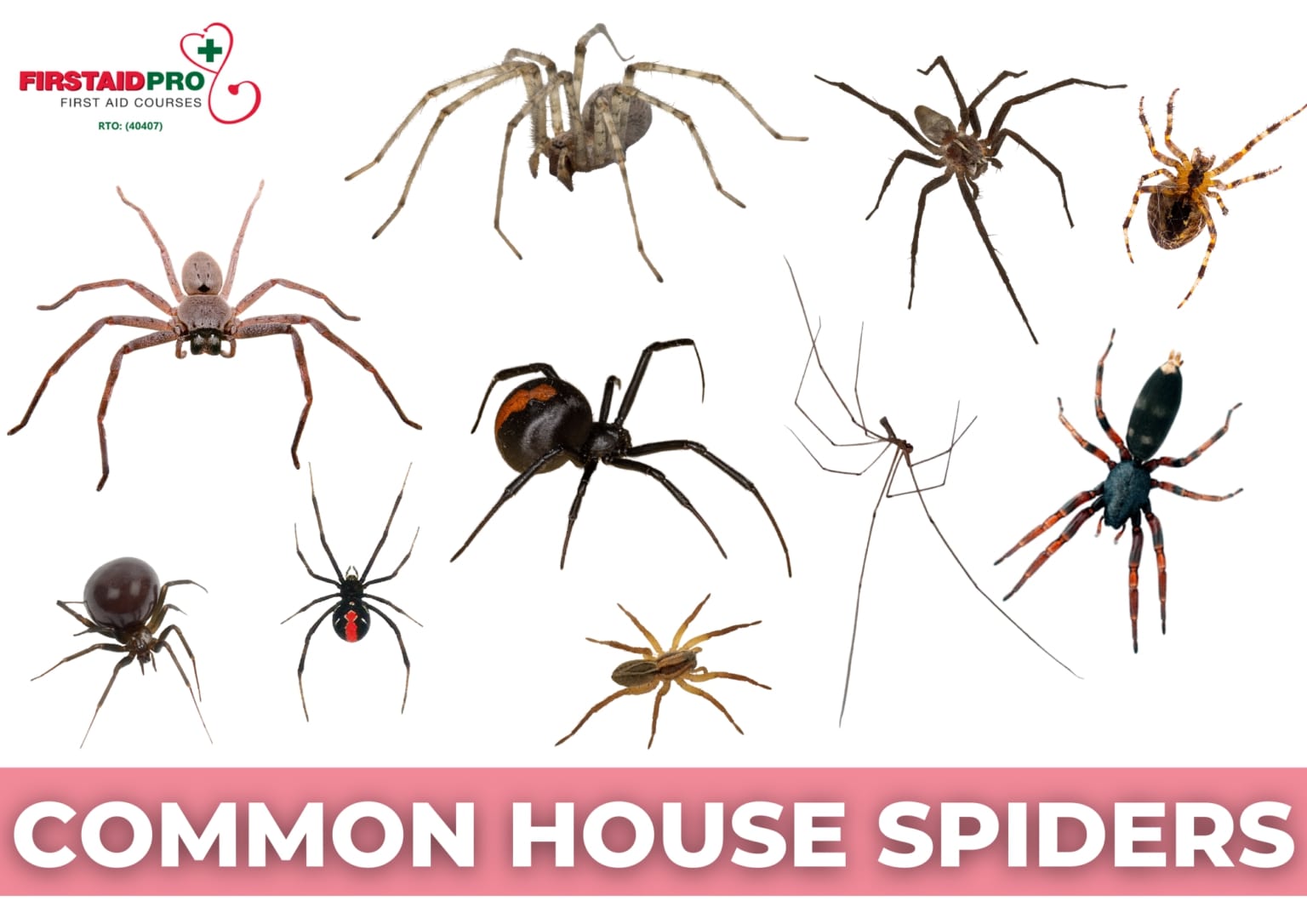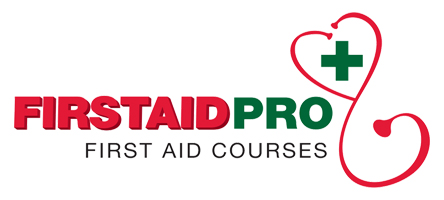Hurricanes are a massive, swirling storm – a kind of tropical cyclones. Although they can be dangerous, good hurricane preparedness reduces the chances of injury and other harm.
Preparing For A Hurricane
Hurricanes are life-threatening events that feature many dangerous hazards. These include storms surges, heavy rains, windstorms, and sometimes resulting tornadoes. Their impact may cause limited road access, scarcity of resources, and the threat of ongoing torrential rainfall. It’s estimated that Australia experiences at least 11 cyclones every year.
Preparing for weather emergencies goes beyond stocking up supplies, clearing emergency exits, and boarding up windows. In a hurricane, injuries and illnesses are also something to consider. It can be crucial to know some basic lifesaving skills in case emergency services are delayed or unable to respond.
Hurricane preparedness and planning for other similar disasters can be a stressful process. Here we’ll tackle five first aid tips to keep in mind when preparing for a hurricane or similar weather emergency.
5 Tips For Hurricane Preparedness
Weather emergencies can cause severe injuries and even destroy lives. Hurricane preparedness can help family, friends, and others minimise the storm’s impact.
The best time to start preparing is before the danger is present.
1. Get A First Aid Kit
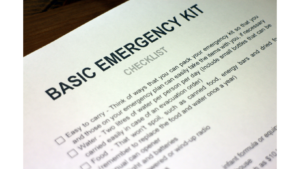 Buy a ready-made first aid kit or assemble your own. Make sure to add essential items such as gauze dressings, bandages, plasters, adhesive tape, antiseptic wipes, tools, and more.
Buy a ready-made first aid kit or assemble your own. Make sure to add essential items such as gauze dressings, bandages, plasters, adhesive tape, antiseptic wipes, tools, and more.
In the kit, add a list of the emergency contact numbers (doctors, local services). Prepare a record of prescription and over-the-counter medications, including their dosage and frequency. Make sure to have enough supplies for all family members.
2. Learn Wound Care And Bleeding Management
To say wound care is important in an emergency is quite an understatement. Good wound treatment plays an essential role during and after a storm related injury.
Using a sterile cloth, start by applying firm pressure directly on the injury site. Keep it in place using a bandage or cloth. Even if blood seeps through, do not remove the material. Apply another layer while continuing to apply pressure.
Where possible, raise the injury above the heart level to help slow down the bleeding. If a foreign object is embedded in the wound, do not attempt to remove it. Instead, apply padding around the injury and continue to hold pressure. Leave that job to the professionals.
3. First Aid For Burns
The basic principle of triage is first to treat the living or those who show signs of life. However, this does not apply to patients struck by lightning during a storm surge.
Provide treatment first to people with severe injuries or those who appear to be dead. Once the patient stops breathing or the heart is no longer beating, a first aider should perform CPR.
For burns from a lightning strike, remove the jewellery and any restrictive clothing near the injury. Cool the burnt area with running water or a cold compress (not directly to the skin). Be extra careful around water if the burn comes from an electric current that is still active.
4. Apply RICE Method For Sprains Or Strains
Use the RICE first aid method in case of a strain, sprain, or fracture.
- Rest and avoid movements that may further cause damages.
- Ice the injury to help with the swelling. Do not apply directly to the skin and use a cloth or gauze to serve as a barrier.
- Compression is a must to help control the swelling.
- Elevate the injury above the heart.
5. Get CPR Certification
One of the many health risks Hurricane conditions (and related flooding) brings is significant dangers of drowning. Performing CPR and knowing how to respond in a first aid emergency can potentially make the difference between life and death.
In a drowning incident, take the person out of the water. Start CPR – giving cycles of chest compression and rescue breaths for those that lack a pulse and stop breathing.
When To Call for Help?
In a natural disaster or weather emergency, medical resources may be limited. Expect a shortage of paramedics and local services in the area. There will be reversed triage system where they will prioritise depending on the extent of the injury.
Minor injuries such as fractures and minor bleeding may not pose as urgent as those who are drowning or have a heart attack. In these situations, the best thing to do is to remain calm, call Triple Zero (000) and provide first aid.
Conclusion
Nature can be a powerful reminder that we’re not always in control of our world. While we have no say when and where a storm may hit, the best way to minimise potential damage is to prepare.
Planning for a hurricane must be done before a storm strikes. Sign up for your First Aid and CPR course today – whether your home is in an area at high risk of storms, or simply because you want to be able to save a life when the time comes.
